News - 2019
22. November 2019, Topic: Aquatic Ecotoxicology , Soil Ecotoxicology , Sediment Ecotoxicology , Risk Assessment

"Ecotoxicology will continue to gain in importance" - in conversation with Inge Werner
The longtime former head of the Ecotox Centre, Inge Werner, handed over management to Benoit Ferrari on 1 September. Here she reflects on the past and future of practical ecotoxicology in Switzerland.
Read more22. November 2019, Topic: Aquatic Ecotoxicology
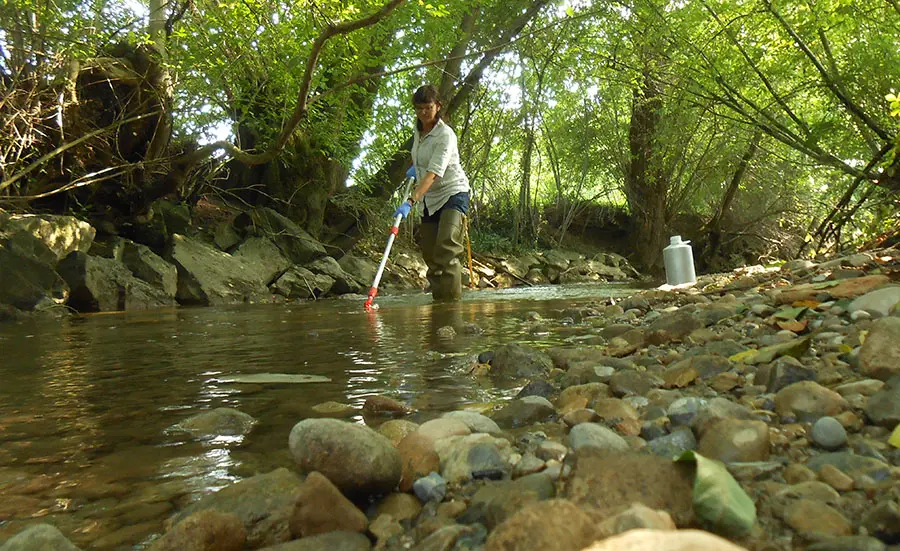
Few estrogens in Europe's rivers
Studies with biotests have shown it: Most European watercourses do not contain estrogenic substances in critical concentrations. Switzerland has also participated in the huge monitoring project initiated by the Ecotox Centre. All Swiss samples were harmless.
Read more21. November 2019, Topic: Aquatic Ecotoxicology , Sediment Ecotoxicology , Risk Assessment
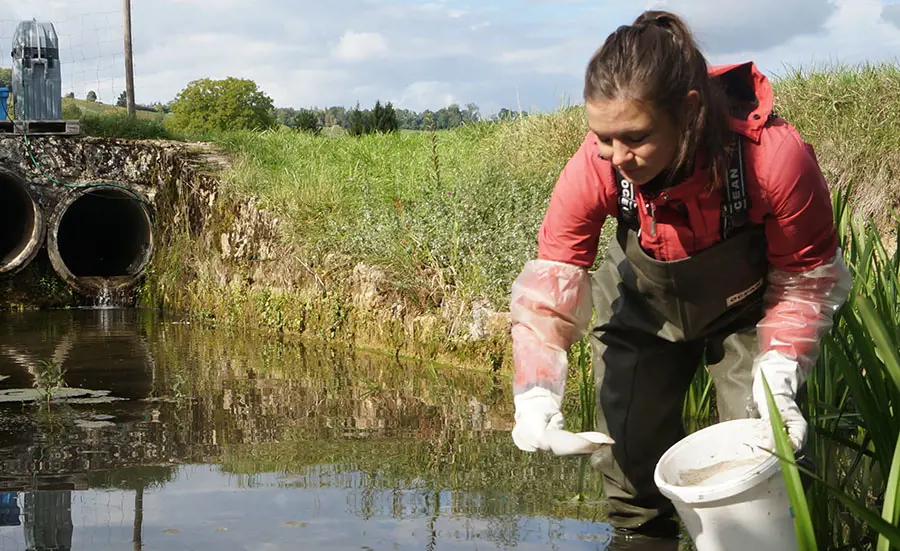
Ecotoxicological effects of pesticides in stream sediments
Pesticides in sediments cause adverse effects on benthic organisms. This was shown by a monitoring study conducted by the Ecotox Centre and Eawag on five streams in agricultural areas. Crustaceans were particularly affected. Concentrations of several insecticides, including chlorpyrifos and the pyrethroid cypermethrin, exceeded effect thresholds, indicating impaired sediment quality.
Read more19. November 2019, Topic: Aquatic Ecotoxicology , Sediment Ecotoxicology , Risk Assessment
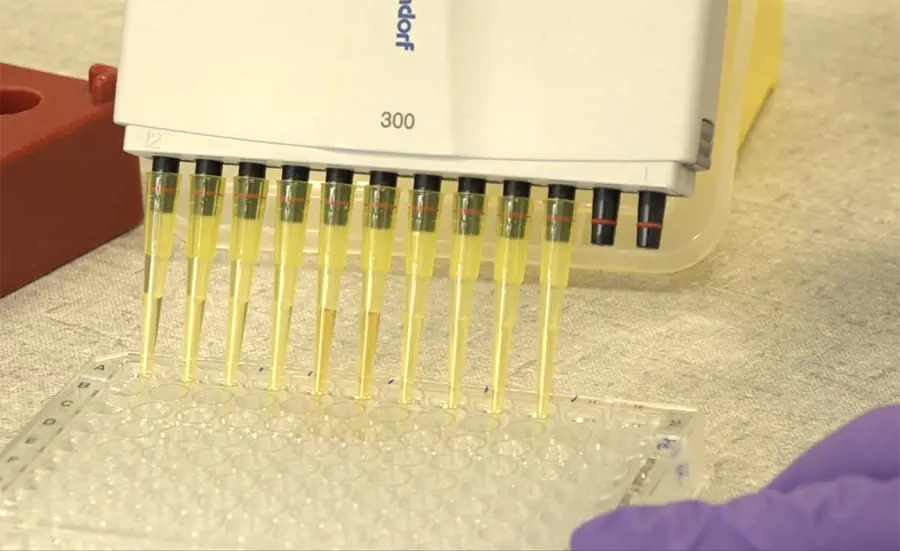
Video tutorial on the L-YES
A video tutorial shows the preparation and execution of the yeast estrogen screen with lyticase for the detection of estrogenic substances.
Read more04. November 2019, Topic: Aquatic Ecotoxicology , Risk Assessment , Sediment Ecotoxicology
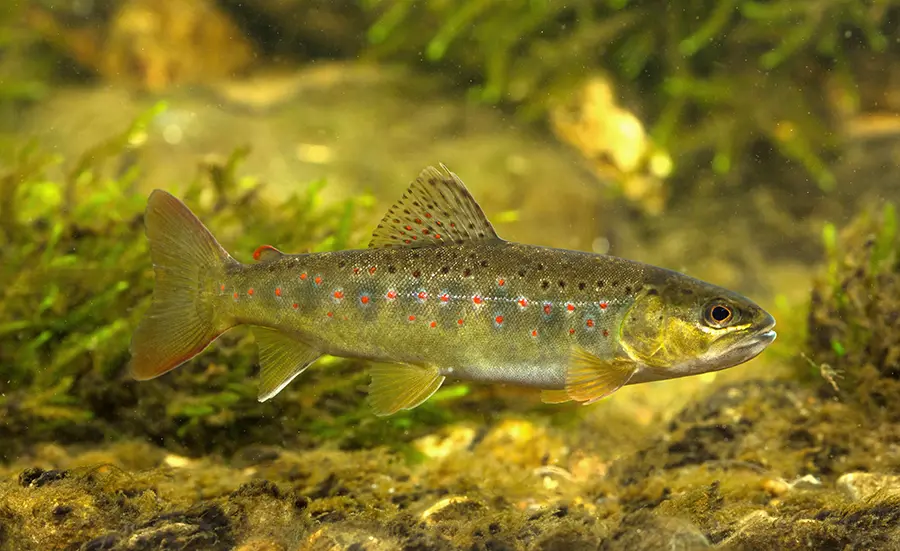
How do plant production products affect Swiss fish?
Pesticides detected in Swiss streams pose a risk to the fish living there. Harmful effects on the fish, particularly through sublethal and indirect effects, are possible in the measured concentrations.
Read more04. November 2019, Topic: Aquatic Ecotoxicology , Risk Assessment

Homing in on pyrethroids
The measurement of trace concentrations of pyrethroid and organophosphate insecticides – now possible thanks to a newly developed analytical method – shows that these compounds can pose a greater threat to aquatic organisms than all other pesticides.
Read more17. September 2019, Topic: Aquatic Ecotoxicology , Soil Ecotoxicology , Sediment Ecotoxicology , Risk Assessment
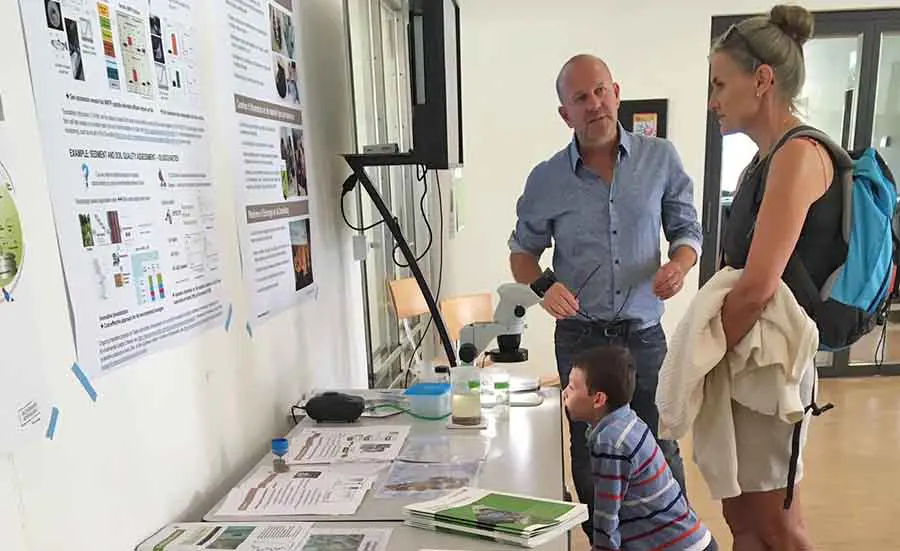
Ecotox Centre at EPFL anniversary
At the Ecotox Centre's stand visitors learned how springtails and other creepy crawlies measure environmental pollutants.
Read more30. August 2019, Topic: Aquatic Ecotoxicology , Soil Ecotoxicology , Sediment Ecotoxicology , Risk Assessment
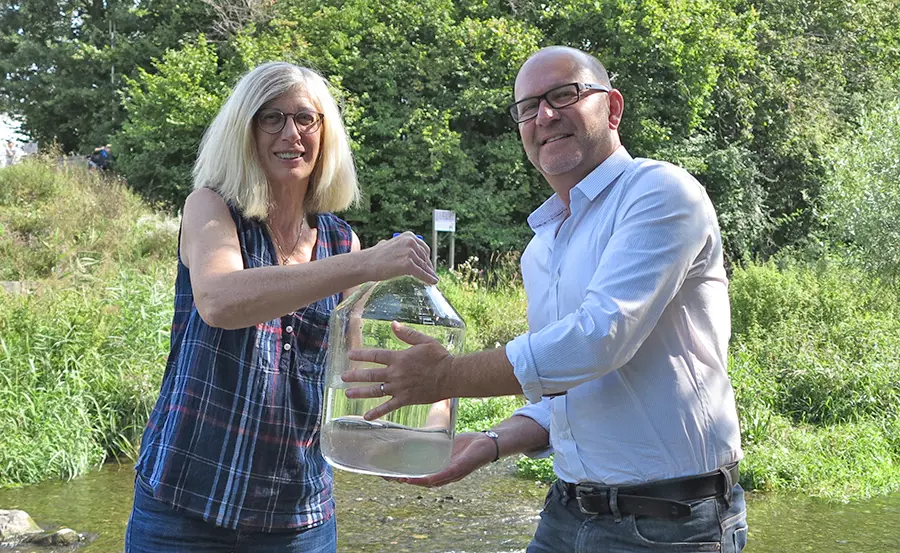
Benoît Ferrari takes over as interim director of the Ecotox Centre
On 1 September 2019, Benoît Ferrari will take over as interim director of the Ecotox Centre. Benoît Ferrari is an expert on the ecotoxicity of sediments and has been group leader for sediment and soil ecotoxicology at the Ecotox Centre in Lausanne since 2013. The current director, Inge Werner, will remain with the Ecotox Centre on a part-time basis until 2021.
Read more30. August 2019, Topic: Aquatic Ecotoxicology , Risk Assessment

How toxic are cigarette butts?
At least one in three cigarettes worldwide is discarded onto the ground after smoking – a new info sheet informs about their ingredients, environmental behaviour and toxicity.
Read more27. June 2019, Topic: Aquatic Ecotoxicology , Sediment Ecotoxicology

Successful eDNA Day
More than 80 participants from France and Switzerland attended the eDNA Day in Geneva on 3 June and learned more about the potential of molecular methods to revolutionise the use of biomarkers.
Read more